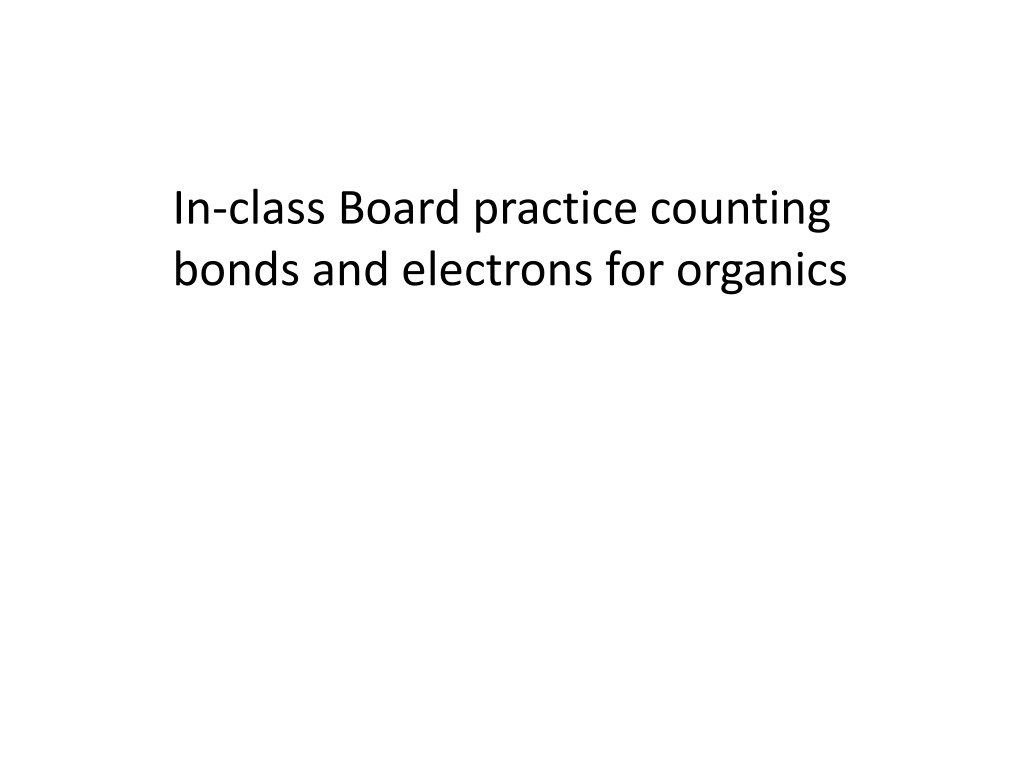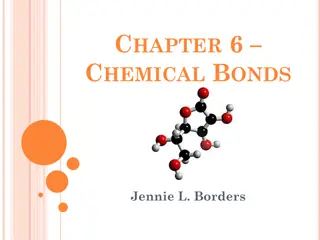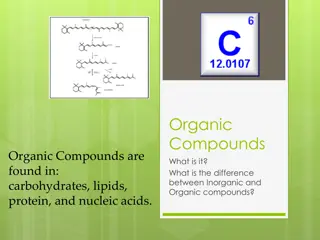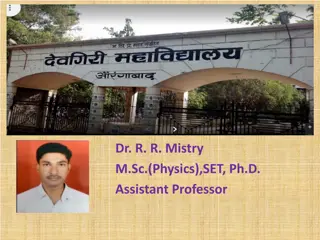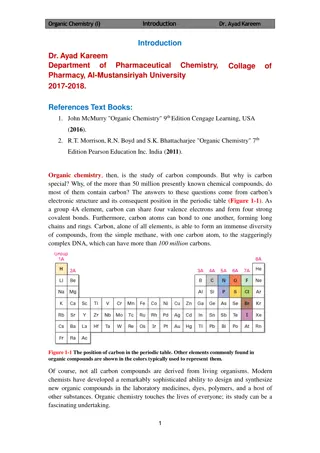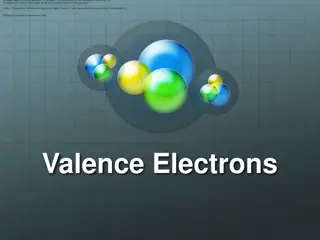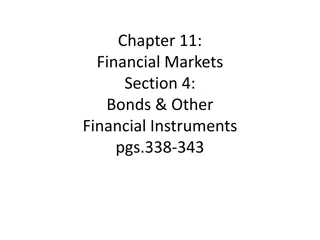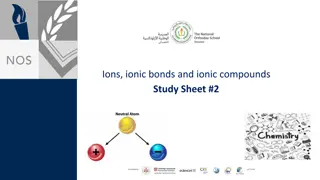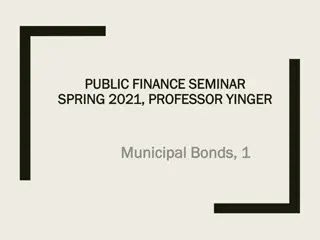Understanding Bonds and Electrons in Organic Compounds
Explore the world of organic chemistry by delving into the concepts of bonds, electrons, and their roles in determining properties of organic compounds. Discover why saturated fats are considered unhealthy, learn about bond energies, lengths, and orders, and unravel the mysteries of organic compound formulas and electron arrangements.
Download Presentation

Please find below an Image/Link to download the presentation.
The content on the website is provided AS IS for your information and personal use only. It may not be sold, licensed, or shared on other websites without obtaining consent from the author. Download presentation by click this link. If you encounter any issues during the download, it is possible that the publisher has removed the file from their server.
E N D
Presentation Transcript
In-class Board practice counting bonds and electrons for organics
bond energies , bond lengths and bond orders role in food (see also p 91 table 3.1 of text) Bond C-C C=C C C C-H Saturated => all C-C no C=C or C C Bond order 1 2 3 1 Bond energy kJ/mol 376 611 835 470 Bond length pm 154 133 120 109 Unsaturated => C-C and some C=C and C C Oils (Olive oil) Hard fats (Crisco ) sushi WHY BAD ???
The straight story on why `saturated is bad.. Bond C-C C=C C C C-H Bond energy kJ/mol 376 611 835 470 H H H H H C C H C C H C C H H H poly unsaturated H H Saturated Unsaturated Bond energy contributions 1 C C bond*835 kJ 2 C-H bonds*470 kJ 1 C-C bond * 376 kJ 1 C=C bond*611 kJ 4 C-H bonds*470 kJ 6 C-H bonds* 470 kJ Total bond energy 3196 kJ 2490 kJ 1775 kJ relative energy comparison 100% (ref) 78% 56%
MOST PROCESSED FOODS ARE SATURATED FAT PRODUCTS
Can I have four bonds between C ? Five bonds ? bonds ? ??? Can C=H exist ? C H ?? Doc s annoying questions habit rears it ugly head . Do I use all or just some of the electrons of participating atoms in bonds?
Some MORE annoying Doc questions (see also: pp 100-106) 1.What s `shared in a shared electron bond ? 2.What rules govern the number of bonds to the elements and how do we use these rules to build organic (and other non-ionic) compounds ? 3.How do we `read organic compound formulas and deduce their bond and electron arrangements ?
The `Inventor of the Shared Electron Pair Bond Gilbert Newton Lewis As an undergrad young Doc Fong sits in here staring every day at The House that Lewis Built:Lewis Hall of Chemistry UC Berkeley
1.Whats `shared in a shared electron bond ? Uncle `Gil sez: That s easy, maggot .. Gilbert Newton Lewis: (Uncle Gil) American Chemist
1.Whats `shared in a shared electron bond ? Answer: Just the outer shell or `valence electrons of bonding atoms. .. The main `visual : Lewis dots :S:
Valence vs `Core electrons How many `core electrons does S have ? 10 (Ne) Inert gas core electrons for S How many total electrons does S have ?16 How many valence electrons does S have ? .. Valence shell or outer shell of S 6 1 2 3 4 5 6 :S: . Dot picture shows only valence electrons
